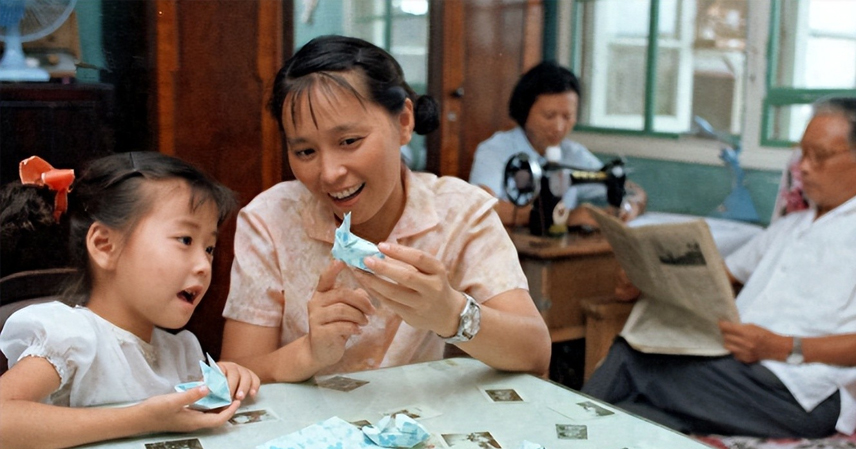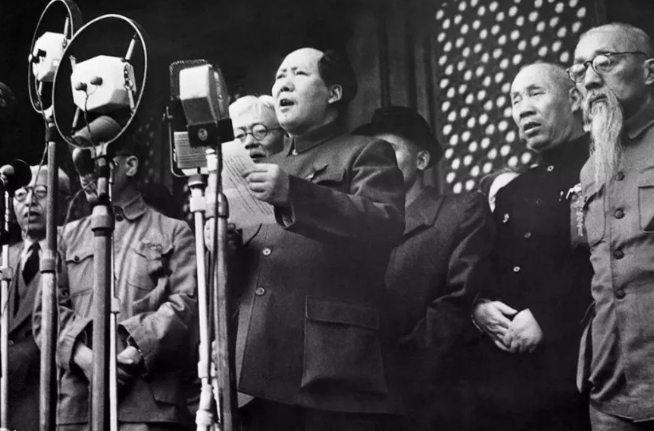The 1980s in China weren’t a time of wealth or abundance, yet they spark deep nostalgia for those who lived through them. Despite material scarcity, the era radiated a unique spirit of optimism, community, and simplicity that many feel has faded in today’s fast-paced, tech-driven world. Through old photos and memories, we uncover why the 1980s nostalgia endures, revealing a time when life, though tough, felt full of promise and connection.
A Community-Centric Life
In the 1980s, neighborhoods buzzed with warmth. Families visited each other, sharing stories over simple meals, while kids ran freely through alleyways, their laughter echoing into the night. Unlike today’s high-rise isolation and smartphone obsession, people knew their neighbors’ names. Community bonds were tight, fostering a sense of belonging that’s harder to find now amid urban sprawl and “head-down” culture.
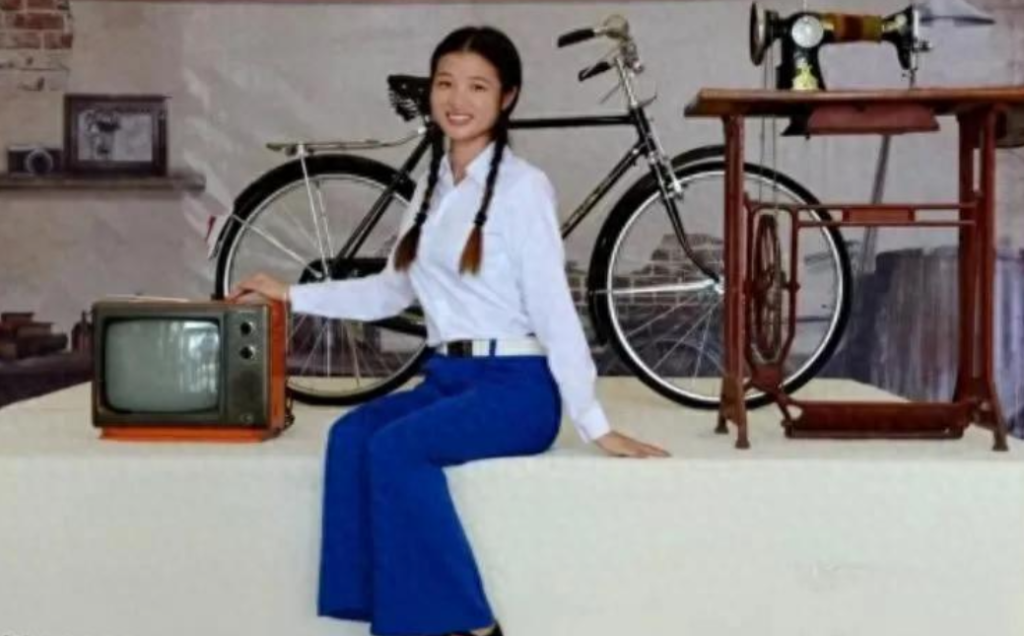
The Joy of Simple Pleasures
Life was stripped-down but satisfying. Without smartphones or e-commerce, people found joy in the basics. A bowl of rice with soy sauce was a treat, free of modern additives. Supply co-ops offered limited goods, yet shopping felt exciting. Songs like Young Friends, Let’s Meet captured the era’s forward-looking spirit, with lyrics dreaming of a brighter future: “In twenty years, we’ll raise a toast to heroes.” That hope fueled contentment, despite modest means.
Bicycles: Symbols of Status and Freedom
Bicycles like Phoenix, Permanent, or Flying Pigeon were treasures. Priced at 159 yuan (about $450 in today’s terms), they required connections and special tickets to buy. Riding a 26-inch Phoenix with a ringing bell turned heads on every street. Unlike today’s car-choked roads, cycling embodied freedom and pride, a stark contrast to modern material pressures.
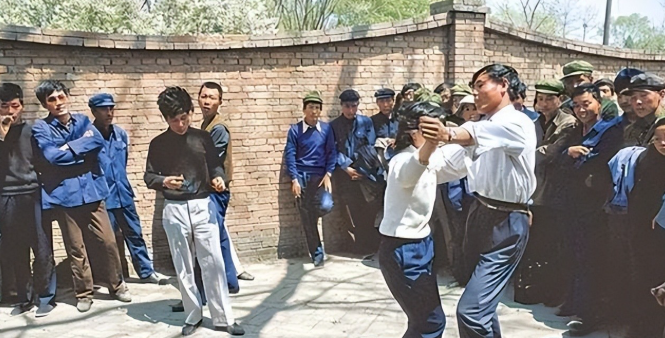
Work and Wealth: A Different Pace
Jobs were state-assigned, and housing came from work units. Wages were low—urban workers earned about 50-60 yuan monthly—but one salary could support a family. Unlike today’s 996 grind, work ended at 5 p.m., leaving time for leisurely evenings. A “ten-thousand-yuan household” was a sensation, equivalent to $360,000 today, yet wealth gaps were narrow, and basic needs were met. Compare that to now: sky-high housing costs and job insecurity weigh heavily.
Travel: Green Trains and Rare Flights
Travel meant crowded green trains with open windows and no AC. Vendors hawked “beer, drinks, peanuts!” through packed cars, creating a lively, communal vibe. Flying was elite—tickets required official letters, costing 50-60 yuan, or a month’s wages. Planes allowed smoking and drinking, and passengers kept branded luggage tags as trophies. A flight signaled status, unlike today’s routine air travel.
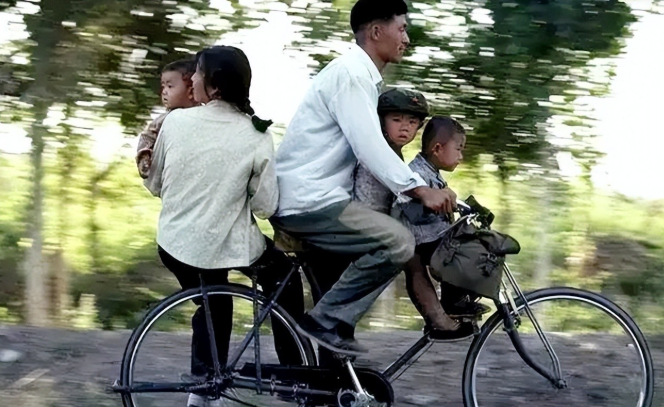
Cultural Sparks: From Comics to Disco
Entertainment was analog but vibrant. Comic books (lianhuanhua) were cherished escapes, devoured at street stalls. Disco ruled, with dance halls pulsing to energetic beats. A 1987 Spring Festival Gala moment—Fei Xiang’s shift from soulful Clouds of My Hometown to fiery A Fire in Winter—electrified audiences, cementing cultural milestones. These shared experiences linger in collective memory.
Love and Leisure: Pure and Unfiltered
Romance blossomed simply. Couples cuddled on park benches, their moments captured in candid old photos. Weddings featured red dresses and pink hair flowers, with character trumping dowries. Hotpot gatherings radiated joy, unmarred by today’s health concerns. Tourism, like visits to Qingdao’s beaches or a newly famous Shaolin Temple post-1982 film, was a luxury for the well-off but sparked dreams of exploration.
Fashion and Function: Practical Yet Stylish
Spring sandstorms prompted women to wear chic headscarves, blending utility with flair. At salons, elaborate perming with wires was the height of fashion. Everyday items, like enamel mugs with slogans, carried the era’s spirit. Ration tickets for grain and cloth defined shopping, grounding life in shared simplicity.
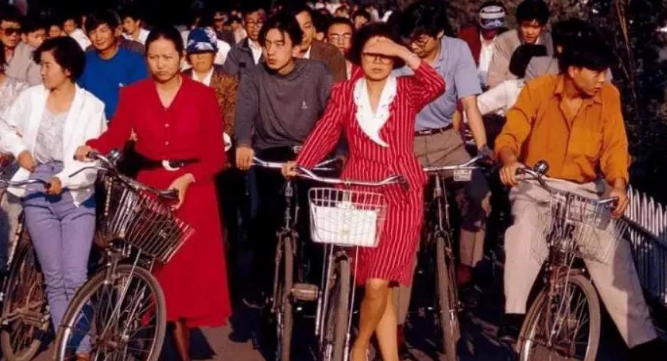
Why the Nostalgia Persists
The 1980s weren’t easy—resources were scarce, and conveniences were few. Yet, the era’s optimistic spirit, tight-knit communities, and unpretentious joys resonate deeply. People lived for hope, not just survival, unlike today’s pressures of unaffordable homes and relentless hustle. Those old photos—of bicycles, train rides, and dance halls—evoke a time when life felt full, even if wallets weren’t. It’s a reminder to cherish connection over consumption.
References
- China Daily. (2018). Nostalgia for the 1980s: A Time of Simplicity and Hope.
- People’s Daily. (2020). The Rise of the Ten-Thousand-Yuan Household.
- CCTV Archives. (1987). Spring Festival Gala: Fei Xiang’s Performance.
- National Bureau of Statistics of China. (1985). Urban Wage and Consumption Data.
- Xinhua. (2022). The Cultural Impact of 1982’s Shaolin Temple Film.

